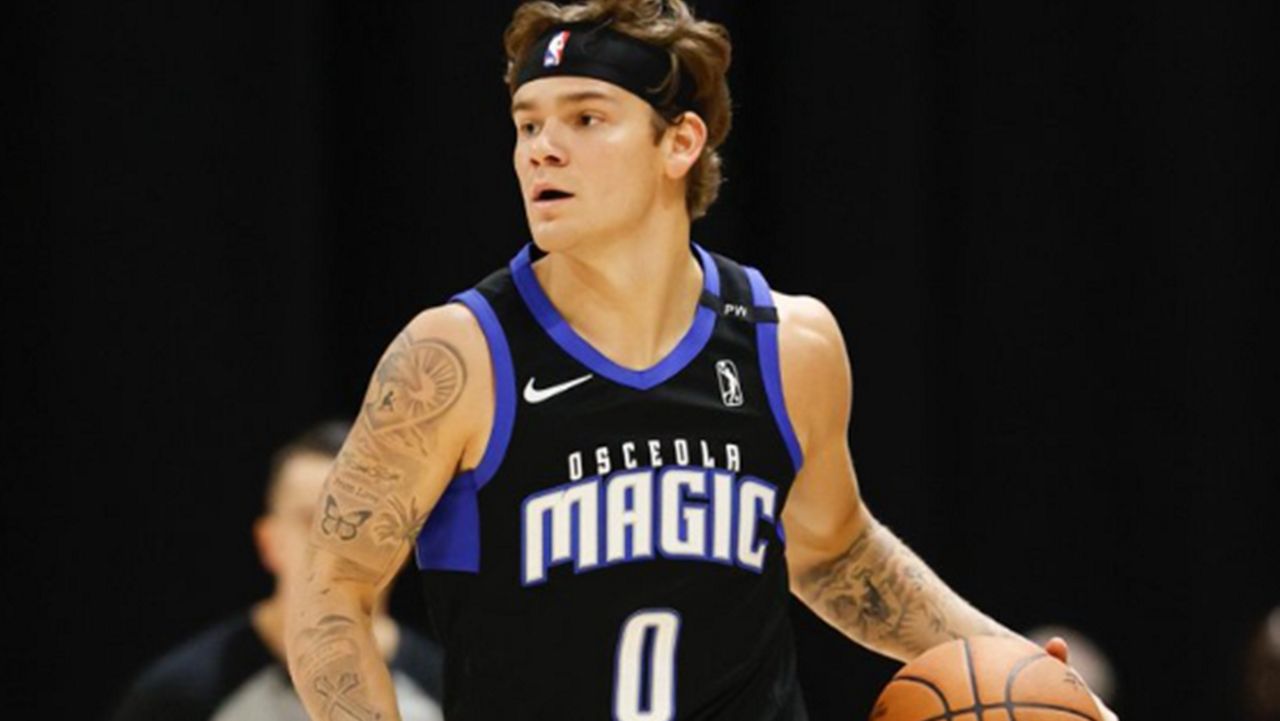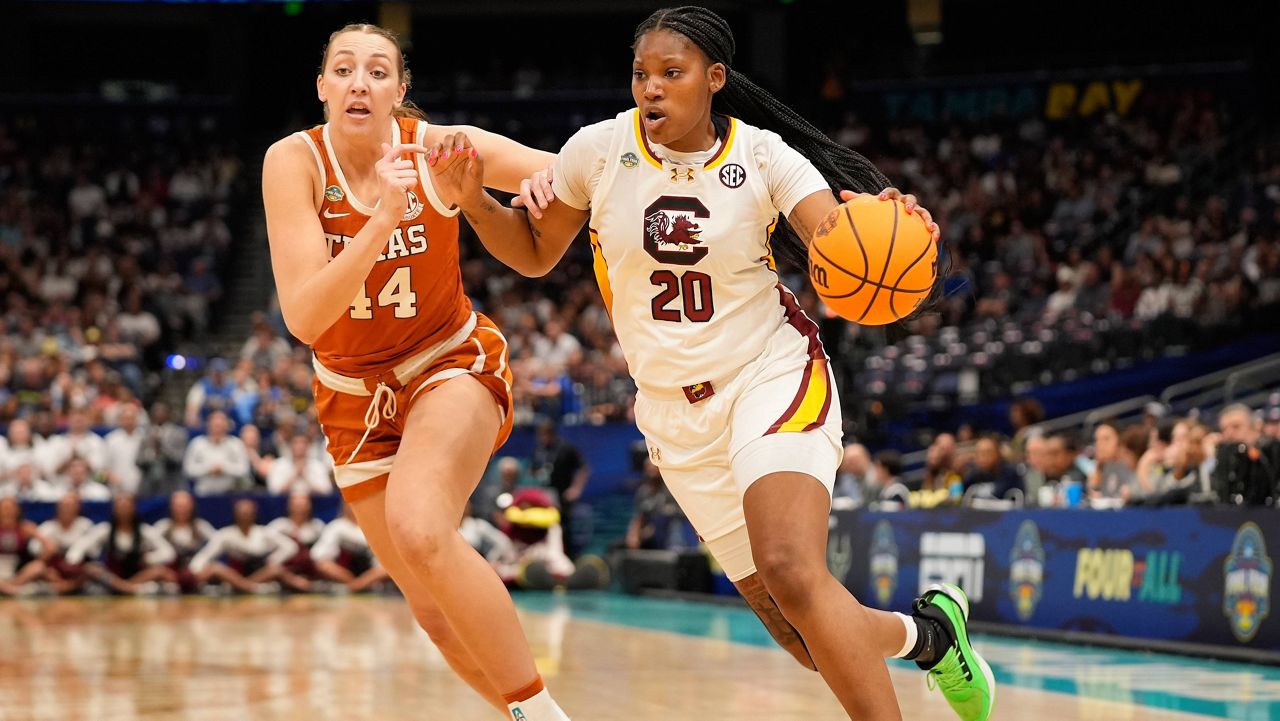TAMPA, Fla. – For veterans living with physical scars from service, most of the time the pain doesn’t go away with an amputation or skin grafts, even years later.
There are a lot of lasers on the market right now for scar remodeling and rehab, but one specific type being used at the Tampa VA Hospital is a game changer for those who serve.
It’s called a carbon dioxide laser used in a special way called micro bladed scanning mode.
“What that does is it creates little channels within the skin where we are able to break up the scar tissue. We can dive deep within the skin up to 3 1/2, 4mm deep and we can release a lot of the tension built up between the scar fibers, letting the scar relax and rehabilitate and return to a more normal architecture,” said Dermatologist Dr. Thomas Beachkofsky with the James A. Haley Veterans Hospital.
In terms of VA Hospitals, it’s only being done in Tampa, San Antonio, and San Diego and veterans travel long distances to receive the care.
The procedure is not done at many regular hospitals because it is not reimbursable within the civilian market. The equipment is expensive; the training is a little uncommon, but veterans say it’s making a world of difference.
We met up with U.S. Army veteran Daniel Burgess who is receiving the therapy.
Within seconds of stepping into his home, it’s clear quilting is a huge hobby.
“Couple hours a day. Starting to quilt kind of helped me out with my mindset and relaxing me, making me feel calm,” he said.
His wife Genette has been quilting for decades, but her husband’s interest really started when his life changed.
“It was seriously a joke to him, but then we saw the therapeutic benefits of it,” she said.
However, quilting isn’t the only way a unique therapy is helping Daniel.
His story of scars goes back to November 20, 2011 in Afghanistan.
He was working in psychological operations and stepped on an IED.
“The explosive was about the size of a water bottle with three to five pounds of homemade explosives that was powered by a lamp cord and two or three D cell batteries,” he said.
He immediately lost his leg.
“The only thing they found left of my leg were quarter-sized pieces of my boots,” Daniel said.
He began his rehab at Joint Base San Antonio-Fort Sam Houston where he met Dr. Thomas Beachkofsky.
After years of a break in treatment, the two met again in Tampa and Daniel started his new therapy.
Once a week he and his wife make the 2 hour, 135 mile drive from their home in Cape Coral to Tampa.
“In the long run it’s worth it, all the gains we have seen outweigh the negatives,” said Daniel.
Before the treatment, his scars were healing slowly, and they were ’tight’.
This type of rehab is helping to stop pain and infections and makes wearing his prosthesis more manageable.
“There’s way more movement, way more flexibility, and a lot more blood flow,” he said.
After the round trip, when they get home, they say it’s been worth it.
“It does help with the pain issues, then. It does release that scar tissue a little bit,” Genette said.
“Anything I can do to try and not have to lose my leg later on down the road, I’m down to try.”
“What it does for you and the ability is completely life changing,” said Daniel.
Doctors say it’s important for veterans to know that this type of therapy is available, even for Vietnam veterans who have been living with scars for decades.
Veterans can ask for a referral to see if they qualify for the therapy.









